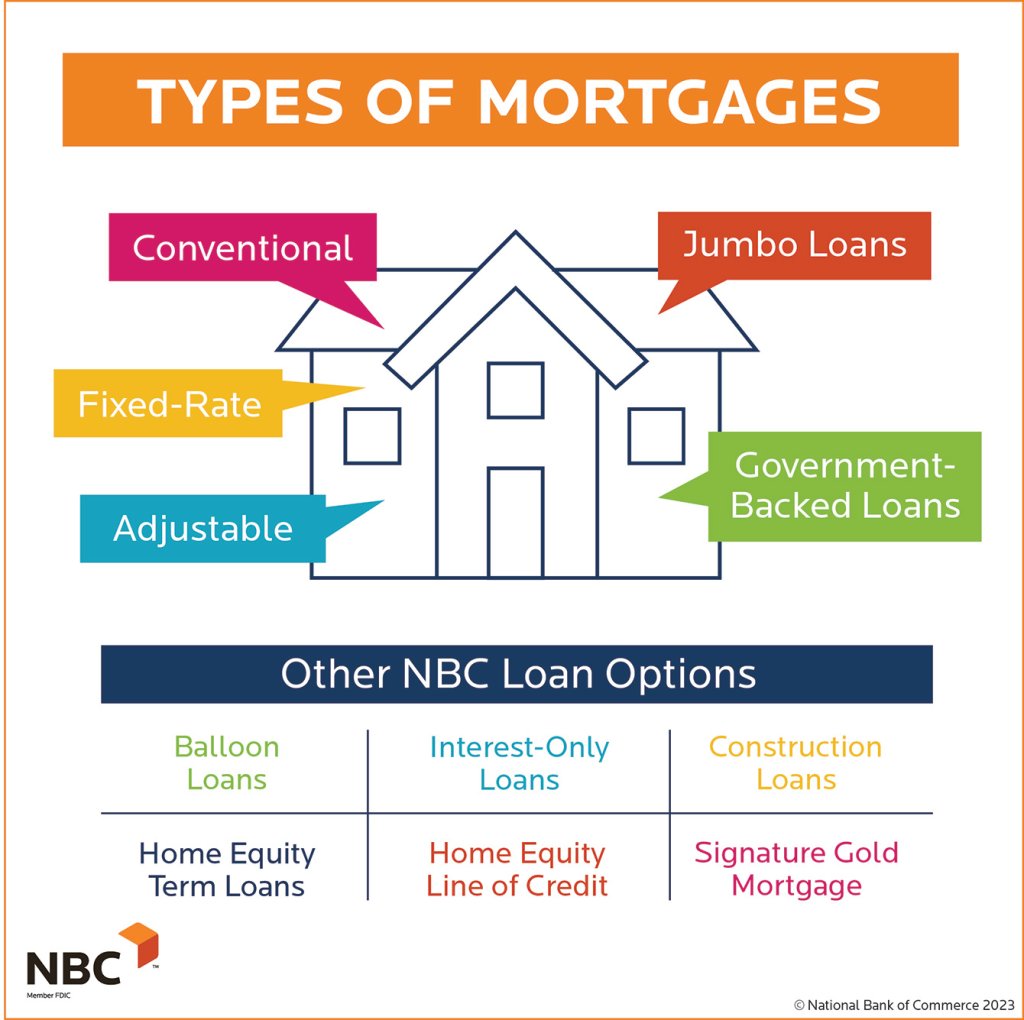Mortgages. Just the word can strike fear into the hearts of many. But don’t worry, it doesn’t have to be a scary process! This guide will break down mortgages in a relaxed and easy-to-understand way, helping you navigate this important financial step.
What is a Mortgage?
Simply put, a mortgage is a loan that helps you buy a property. Instead of paying the full price upfront, you borrow the majority of the cost from a lender (like a bank) and pay it back over time, usually with interest.
Types of Mortgages

There are many different types of mortgages, each with its own set of pros and cons. Here are a few common ones:
Fixed-Rate Mortgages
How they work: You’ll have the same interest rate throughout the entire loan term.
Adjustable-Rate Mortgages (ARMs)
How they work: The interest rate fluctuates based on an index (like the prime rate).
Government-Backed Loans
How they work: These loans are insured or guaranteed by government agencies like the Federal Housing Administration (FHA) or the Department of Veterans Affairs (VA).
Jumbo Loans
How they work: These loans exceed the conforming loan limit set by Fannie Mae and Freddie Mac.
The Mortgage Application Process
Applying for a mortgage can seem overwhelming, but it’s a step-by-step process. Here’s a general overview:
1. Get pre-approved: This gives you an idea of how much you can afford to borrow and makes you a more serious buyer to sellers.
2. Find a lender: Shop around and compare rates from different lenders to find the best deal.
3. Gather your financial documents: This typically includes pay stubs, bank statements, tax returns, and proof of employment.
4. Complete the loan application: Be prepared to provide detailed information about yourself and your finances.
5. Undergo credit and background checks: Lenders will review your credit history and verify your employment and income.
6. Home appraisal: An appraiser will assess the property’s value to ensure it’s worth the loan amount.
7. Loan approval: If everything checks out, your lender will approve your loan.
8. Closing: You’ll sign all the necessary documents and officially become the homeowner!
Tips for Getting a Mortgage
Improve your credit score: A higher credit score means better interest rates and more loan options.
Understanding Mortgage Terms
Interest rate: The percentage charged by the lender for borrowing money.
Common Mortgage Mistakes to Avoid
Not shopping around for lenders:
Maintaining Your Mortgage
Make on-time payments:
Conclusion
Getting a mortgage can seem daunting, but by understanding the process and doing your research, you can make informed decisions and find the best loan option for your needs. Remember to shop around, improve your credit score, and save for a down payment. With careful planning and preparation, you can successfully navigate the mortgage process and achieve your dream of homeownership.
Disclaimer: This article is for informational purposes only and should not be considered financial advice. Please consult with a qualified financial professional for personalized guidance.


/cdn.vox-cdn.com/uploads/chorus_asset/file/25378171/2139238696.jpg?w=200&resize=200,112&ssl=1)


.jpg?auto=webp&format=pjpg&width=3840&quality=60&w=200&resize=200,112&ssl=1)
